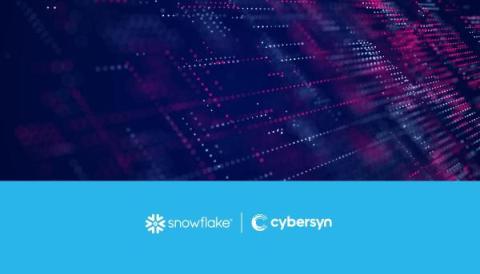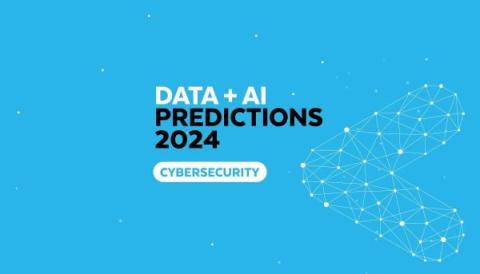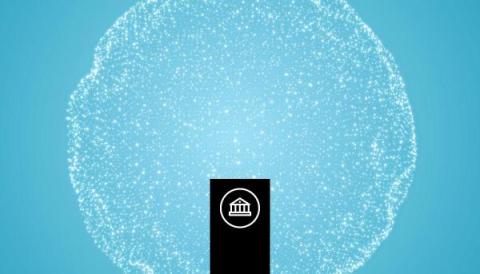Cybersyn Puts Detailed Data Sets at Decision-Makers' Fingertips With Snowflake Native Apps
Your company collects huge amounts of data about everything from customer transactions to supplier contracts to system performance. This valuable resource becomes even more valuable when you combine it with data about financial market and economic trends, consumer spending, regional demographics and other elements that provide broader context and insights for your business decisions.











